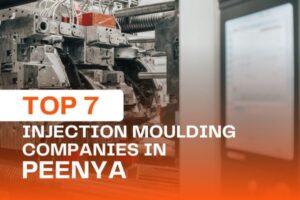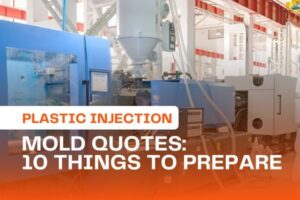Stack Mold
Introduction
Stack mold is an innovative solution within the injection molding industry, designed to significantly enhance the efficiency of the molding process. As the demand for higher productivity and cost-effective manufacturing methods increases, stack molds are becoming increasingly popular due to their unique ability to multiply output without expanding machinery or floor space.
A stack mold essentially comprises two or more mold faces in a single mold base, arranged in a stacked configuration. The design allows simultaneous molding on both sides of the mold, effectively doubling or even tripling the output in a single cycle compared to a conventional mold of the same size.
Advantages of Stack Mold
Increased Output:
Stack molds significantly boost production output without the need for additional machines. By using multiple mold faces within a single press, manufacturers can drastically reduce cycle times—making this approach perfect for high-volume production runs.
Cost Efficiency:
These molds reduce the cost per part by increasing production capacity while lowering energy use per unit. They also save valuable floor space by consolidating multiple cavities into one machine, reducing the need for multiple molding systems.
Design Flexibility:
Stack molds allow manufacturers to produce different parts in each mold layer. This flexibility supports multi-component assemblies or multiple variations of a product, making stack molding ideal for a wide range of applications.
Disadvantages of Stack Mold
High Initial Investment:
Due to their complexity, stack molds require a larger upfront investment than conventional molds. Design, engineering, and tooling costs are all higher, making them more suitable for projects that justify this capital expense.
Maintenance Complexity and Downtime:
When a section of the mold fails, operators often need to pause the entire production line for repairs or replacement. In addition, maintaining stack molds requires a skilled team to manage issues like thermal expansion, alignment, and component wear.
Balancing Challenges:
Achieving an even fill across all cavities—especially when producing different part designs—demands advanced process control. Setup times can be longer, and improper balancing can affect part quality.
Ideal Use Cases for Stack Molds
High-Volume Manufacturing:
Stack molds deliver the greatest return when used in large-scale production. The ability to double or triple output justifies the higher initial costs.
Limited Floor Space:
In facilities where space is limited, stack molds help maximize machine efficiency without the need for additional equipment or production lines.
Multi-Component Products:
These molds excel in manufacturing assemblies with multiple parts. By assigning different mold layers to different components, manufacturers can streamline production and reduce handling.
Conclusion
Stack molds are a powerful tool in the injection molding industry, offering increased output, cost savings, and production flexibility. However, they come with higher initial costs and maintenance challenges, and achieving a balanced fill can be complex. Therefore, their use should be evaluated based on the specific requirements of each project, balancing the potential benefits against the associated costs and challenges. The decision to use a stack mold is a strategic one that can significantly impact the efficiency and cost-effectiveness of the production process.




